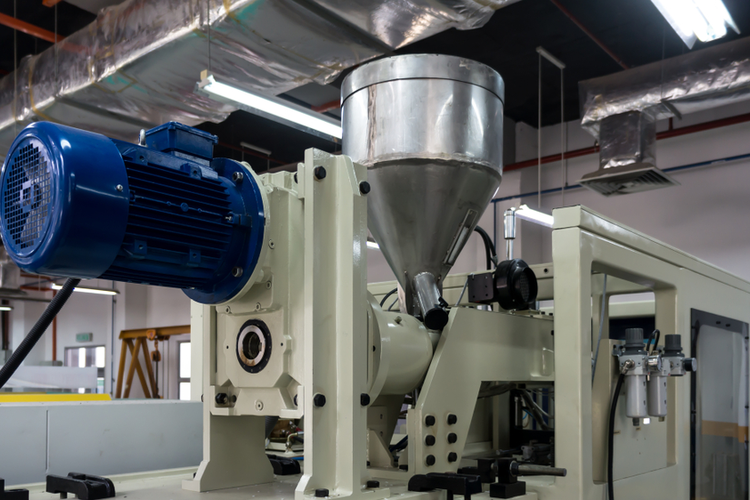Injection molding is very important to our industries, its main advantages are production speed, high efficiency and can realize automation operation. If you have a project that needs plastic injection molding service, then you should first understand the basic parameters of injection molding process. Below article introduces 8 important parameter for injection molding production.

Basic Parameters Of Injection Molding Process
1.Temperature
Temperature measurement and control is very important in injection molding. Although these measurements are relatively simple, most injection molding machines do not have sufficient temperature sampling points or circuits. In most injection molding machines, the temperature is sensed by thermocouples. A thermocouple is basically made up of two different wire tails. If one end is hotter than the other, a tiny signal will be generated; the more heated, the stronger the signal.
2.Temperature Control
On the control instrument, the required temperature is set, and the sensor display will be compared with the temperature generated at the set point. In this simplest system, when the temperature reaches the set point, it turns off and the power is turned on again when the temperature drops. This system is called on-off control because it is either on or off.
3.Temperature Of Melt Glue
The melt temperature is very important, the temperature of the injection cylinder used is only a guide. The melt temperature can be measured at the nozzle or by air injection method. The temperature setting of injection cylinder depends on melt temperature, screw speed, back pressure, injection quantity and injection cycle.
4. Injection Pressure
This is the pressure that causes the plastic to flow and can be measured by a sensor on the nozzle or hydraulic line. It has no fixed value, and the more difficult the mold filling is, the higher the injection pressure is.
5. Mold Locking Pressure
In order to resist the injection pressure, it is necessary to use the mold locking pressure instead of automatically selecting the maximum value available, but to calculate a suitable value considering the projected area. The projected area of injection molded parts is the maximum area seen from the application direction of clamping force. For most injection molding cases, it is about 2 tons per square inch, or 31 meganewtons per square meter. However, this is only a low value, and should be used as a very rough empirical value, because once the injection molding has any depth, the sidewall must be considered.
6. Back Pressure
This is the pressure that must be produced and exceeded before the screw retreats. Although the use of high back pressure is conducive to the uniformity of pigment dispersion and plastic melting, it also prolongs the return time of the middle screw, reduces the length of fiber contained in the filled plastic, and increases the stress of the injection molding machine. Therefore, the lower the back pressure, the better. In any case, it can not exceed 20% of the injection pressure (maximum quota) of the injection molding machine.
7. Nozzle Pressure
Nozzle pressure is the pressure inside the nozzle. It’s about the pressure that causes the plastic to flow. It has no fixed value, but increases with the difficulty of mold filling. There is a direct relationship between nozzle pressure, linear pressure and injection pressure. In screw injection molding machines, the nozzle pressure is about 10% less than the injection pressure. But in the piston injection molding machine, the pressure loss can reach about 10%. While in the piston injection molding machine, the pressure loss can reach 50%.
8. Injection Speed
This refers to the filling speed of the die when the screw is used as a punch. When injection molding thin-walled products, high injection rate must be used, so that the mold can be completely filled when the melt glue is not solidified, and the smooth surface can be produced. During filling, a series of programmed firing rates are used to avoid defects such as injection or trapped gas. Injection can be carried out in an open-loop or closed-loop control system.
No matter which injection speed is used, the speed value and injection time must be recorded on the record sheet. The injection time refers to the time required for the mold to reach the predetermined injection pressure in the first stage, which is a part of the screw pushing time.
